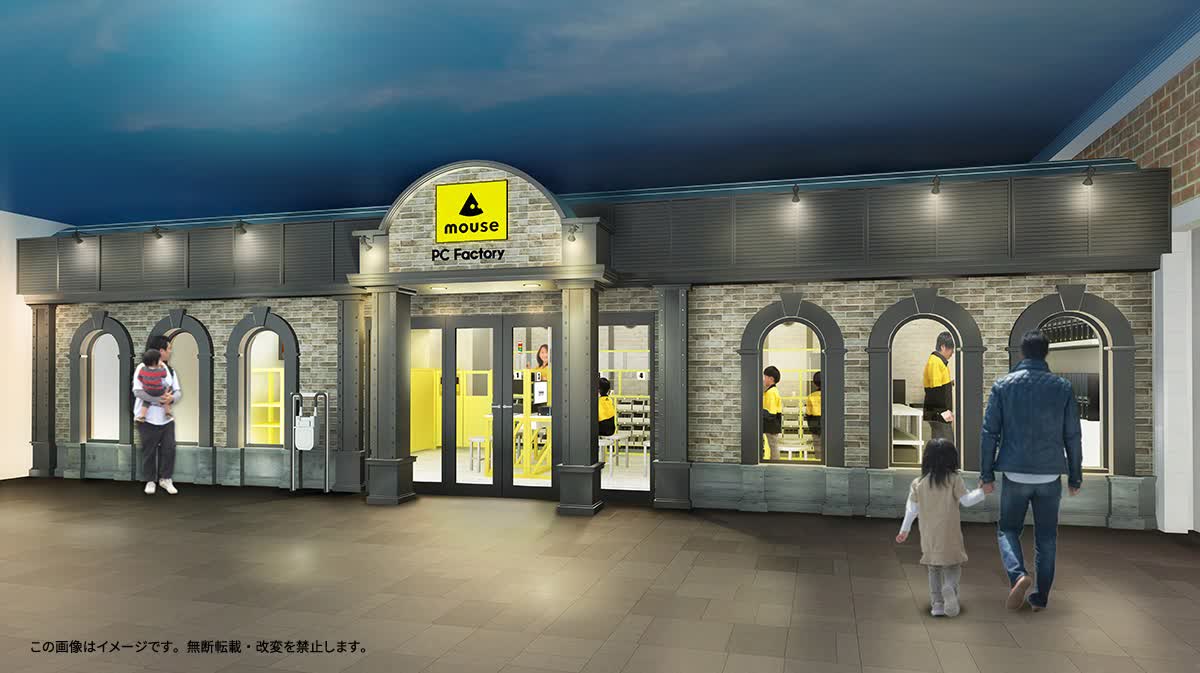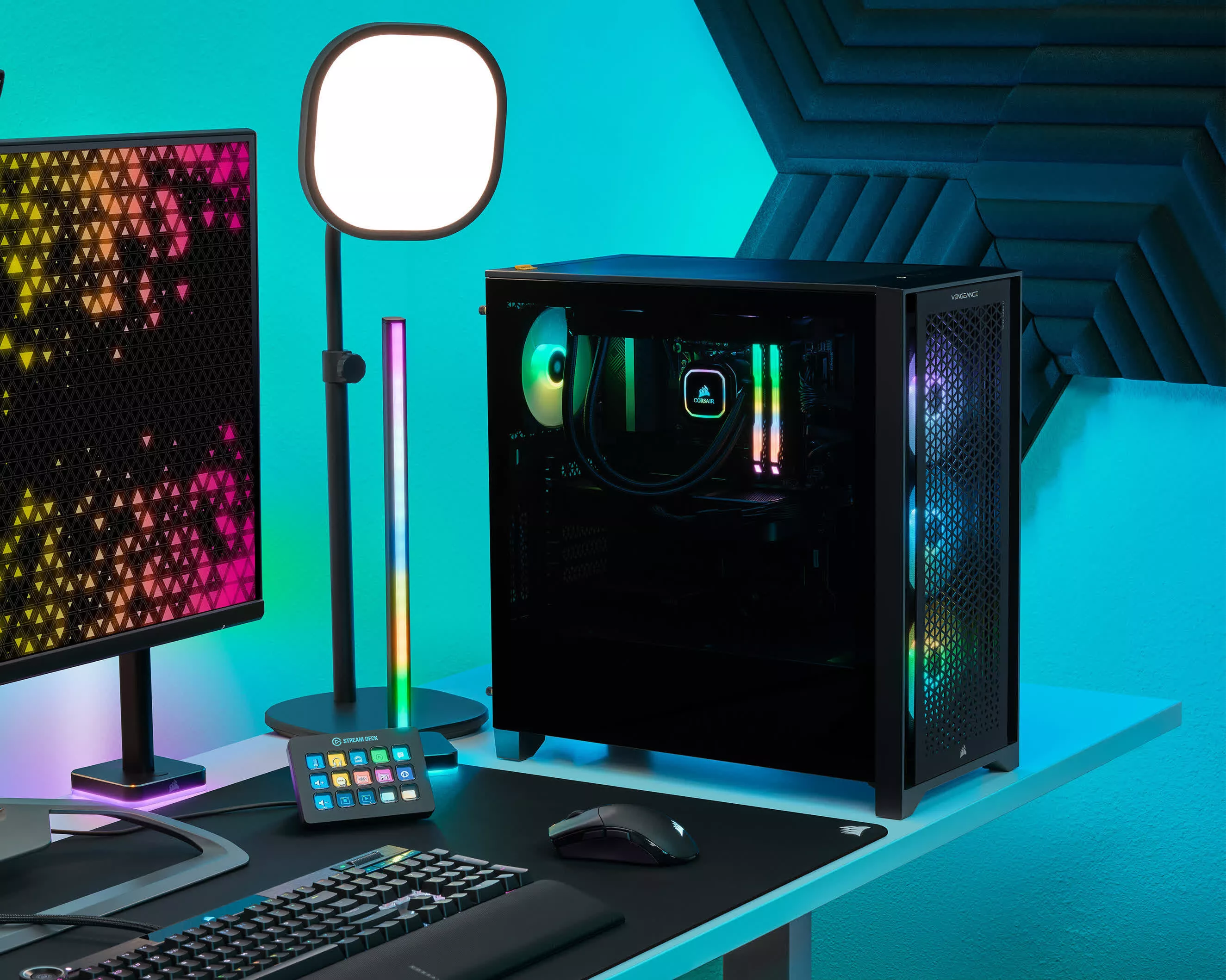In brief: Building a PC can be complex and intimidating, but it allows savvy customers to save money and learn more about how PCs work. Soon, two companies will collaborate to give school-aged children an early start on grasping the basics of PC building.
Starting July 26, a Tokyo children’s amusement center will offer an exhibit where attendees can learn how to assemble desktop PCs. The workshop will teach kids about various hardware components and how they fit together. The upcoming attraction is a collaboration between amusement park company KidZania and Japanese PC vendor Mouse Computer.
Children between the ages of three and 15 will learn to assemble desktops with genuine components like CPUs, RAM, GPUs, and more. Whether attendees will use stock clip-on coolers or study the intricacies of applying thermal paste remains unclear. Nevertheless, they will endure the notoriously tense final step of checking whether their completed builds boot.

KidZania fun parks across the globe are like miniature cities where children participate in simulations of real jobs to help prepare them for adult life. The collaboration with Mouse hopes to replicate a made-to-order PC assembly plant experience. Attendees also learn to build systems according to the requested specifications. Each session lasts around 30 minutes for eight participants mentored by an instructor.
Mouse only operates in Japan, and there was no mention of whether the exhibit will come to other KidZania locations like the one in Dallas, Texas. However, local made-to-order PC vendors could assume that role.

The task can appear daunting to someone without hands-on experience. However, as many of you know, it isn’t any more difficult than assembling Ikea furniture. Plus, building a PC from scratch has its advantages. Shopping for individual parts allows consumers to purchase the most affordable components for their particular build instead of spending extra money on pre-built markups containing hardware and software they might not want.
TechSpot periodically offers updated guides with suggestions for builds at multiple price points – some below $500. Other features include in-depth suggestions for GPUs, SSDs, monitors, and other components. PCPartPicker is also an excellent shopping resource that aggregates buying options while ensuring all the parts on a shopping list are compatible.
On the more casual side, Spiral House Ltd’s PC Building Simulator game allows players to practice building and repairing virtual PCs from dozens of authentic hardware brands without risk or expense.

